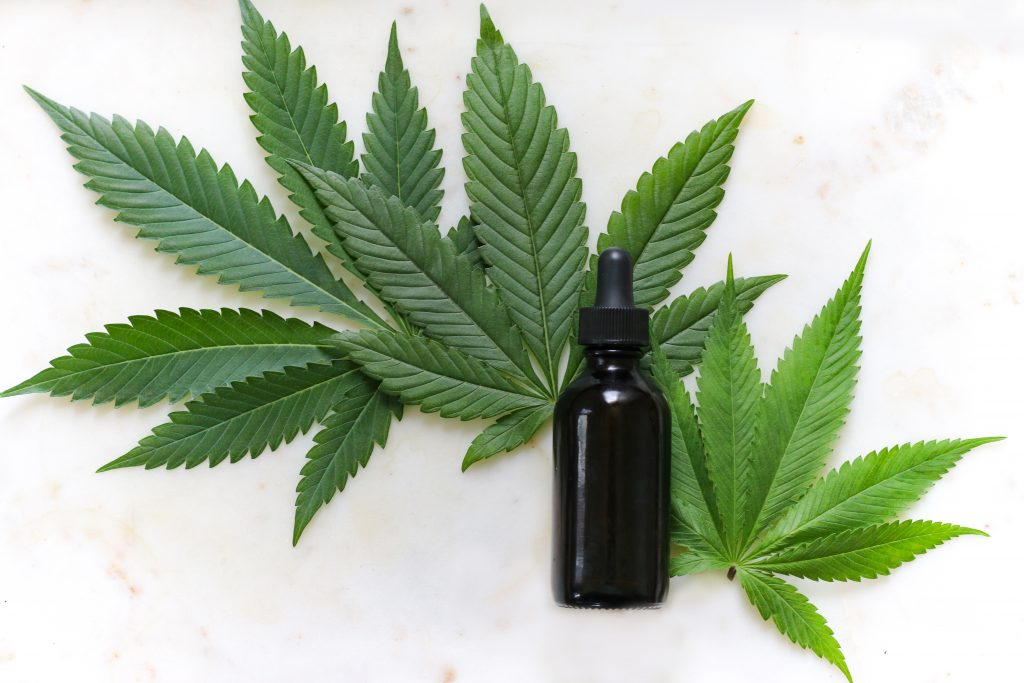In the cannabis industry, success never happens by mistake.
Even though it looks like the industry is full of overnight success stories, the truth is that every big name in cannabis started from the same point only a few years ago.
Every single one had to navigate the same regulatory labyrinth and confront the same kinds of challenges. Some were better prepared than the rest. Some had more ample access to capital and resourceful talent. But the one most useful factor for predicting long-lasting success in the industry is a well-defined strategy that takes these assets into account.
Many successful cannabis industry executives have made content marketing part of their long-term strategy—and with good reason. Content marketing fills many of the gaps that traditional marketing fails to address, especially in highly-regulated industries where the most popular advertising channels are off-limits.
Why Content Marketing Works for Cannabis
Content marketing works by building solid relationships between consumers and brands, leveraging the power of valuable, relevant content to drive consumer actions. It uses education and storytelling to demonstrate the value, expertise, and trustworthiness your brand represents.
This makes it ideal for industries where people have a general idea of what they want but are not yet dead-set on making a purchase. These are the people who have questions about products, services, and solutions that might help them solve the problems they have.
Whether they use Google to answer those questions or turn to their friends and family members, content marketing is what empowers brands to deliver that answer.
The cannabis industry seems almost tailor-made to play towards content marketing’s strengths.
Consider the following:
- Cannabis Users Don’t Always Know the Facts. People who are curious about cannabis are turning to the Internet for answers. Skyrocketing search volumes for keywords like “CBD oil benefits” demonstrate a clear gap between what people know and what they need to know.
- Laws and Regulations Change Constantly. Cannabis consumers need to know what is legal and what is not. Patients and recreational users will appreciate any reputable source of verified, location-specific information about cannabis legality in their jurisdiction.
- Clinical Research Into Cannabinoid Compounds Is Ongoing. Cannabis contains 103 unique compounds, only a few of which are well-studied. Clinical researchers are taking advantage of cannabis’ newly legal status to find out what effects these compounds have on people’s health and wellbeing as well as the therapeutic effects cannabinoids have on various diseases. There is no shortage of new discoveries in the field of cannabinoid research.
- Cannabis Advertising Is Tightly Regulated. It would be great if dispensary owners could address cannabis users’ problems using traditional marketing tools, but they can’t. Regulators prohibit most traditional media channels from broadcasting marijuana-related messaging. This means that businesses in the cannabis sector need to rely on inbound marketing techniques to generate leads.
How to Succeed at Content Marketing for Cannabis
Cannabis dispensaries and B2B service providers establish long-lasting success by relying on in-depth blog posts, videos, and media to demonstrate their values in a customer-oriented way. The key to making this happen is delivering the right content to the right audience at the right time.
Achieving this is easier said than done. It demands more than simply writing a few blog posts every now and then. You have to come up with great topic ideas that address your customers’ concerns.
But where do great ideas come from?
Great topic ideas map hard data about industry search trends to the customer’s journey. The mark of a great content strategy is that it presents the right content to each customer at the appropriate step in their unique journey.
Most content marketers do this by creating in-depth customer personas. They create content designed specifically to address the kinds of problems those types of customers are likely to face as they pass through each stage of the journey.
Categorizing users along the customer journey ensures that the right content reaches the right people. There are three basic stages of the customer journey:
- Awareness
- Consideration
- Decision
Every blog article, video, or other media item that a person can consume fits into one of these categories.
For example, awareness-oriented content might explain the differences between various cannabis concentrates. Consideration-oriented content might offer a more in-depth comparison between different concentrate extraction methods. Decision-oriented content will directly say that your company’s extraction equipment is the best option for the needs of that particular customer avatar type.
This works because every single customer who purchases your products or services has to pass through each stage on the way. They must first become aware of your brand, then they have to consider it against the possible alternatives, and finally, they must decide that what you offer represents the most valuable solution for them.
Content Marketing Cooks Slowly
Content marketing is a long game.
There are few one-hit-wonders when it comes to content marketing. Instead of the bright flash of fast-burning success, effective strategies rest on the solid foundation of valuable content, high-quality content writers, and excellent ideas. It may take months for this approach to mature, but it delivers a steady stream of new leads that doesn’t stop until you do.
For many cannabis executives and marketers, outsourced content offers a premium balance between quality, creativity, and cost-effectiveness. Professional content agencies empower businesses to focus on their core proficiencies and let an expert team of content producers broadcast them to their audience.
Want to start filling your cannabis business content calendar with expert ideas but don’t know where to start? Use our Blog Idea Generator to get hundreds of unique content topics delivered to your inbox right now!


